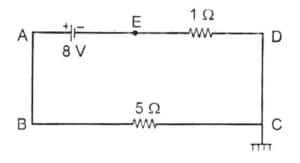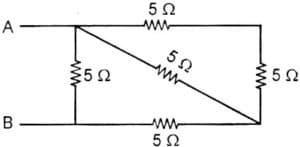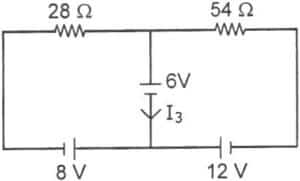81. As we go from the equator to the poles, the value of g –
(A) No change
(B) Decreases
(C) Increases
(D) None of these
82. Weight of a body is maximum at—
(A) Moon
(B) Poles of earth
(C) Both A & B
(D) None of these
83. What is the intensity of gravitational field at the centre of spherical shell –
(A) Zero
(B) GM/r2
(C) g
(D) None of these
84. The escape velocity of a projectile from the earth is approximately—
(A) 11.2 m/sec
(B) 112 km/sec
(C) 11.2 km/sec
(D) None of these
85. The escape velocity of a particle of mass m varies as–
(A) m2
(B) m
(C) m°
(D) None of these
86. According to Hooke’s law force is proportional
(A) x
(B) 1/x
(C) 1/x4
(D) None of these
87. Stress to strain ratio is equivalent to
(A) Fund number
(B) Modulus of elasticity
(C) Poisson ratio
(D) None of these
88. Young’s modulus of perfectly rigid body material is
(A) Zero
(B) 1 × 1010 N/m2
(C) Infinite
(D) None of these
89. Which is correct relation
(A) y<σ
(B) y>σ2/2
(C) y=σ
(D) None of these
90. Modulus of rigidity of a liquid–
(A) Zero
(B) Infinite
(C) ½
(D) None of these
91. Dielectric constant for a metal is—
(A) Zero
(B) Infinite
(C) 1
(D) None of these
92. Charge on a-particle is—
(A) 4.8 × 10-20 C
(B) 6.4 × 10-19 C
(C) 1.6 × 10-21 C
(D) None of these
93. The surface charge density (in c/m2) of the earth is about—
(A) 10-9
(B) –109
(C) 109
(D) None of these
94. In the given circuit, the potential of the point E is–

(A) Zero
(B) – 8 ve
(C) ¾ V
(D)- 4/3 v
95. In the given circuit the equivalent resistance between A & B

(A) 3.12 Ω
(B) 1.56 Ω
(C) 6.2 Ω
(D) None of these
96. Consider the circuit shown in the Figure. The current I3 is equal to—

(A) 5 amp
(B) – ⅚ amp
(C) 6 amp
(D) None of these gam
97. One kilowatt hour is equal to –
(A) 36 × 103 Joule
(B) 103 Joule
(C) 36 × 105 Joule
(D) None of these
98. What is immaterial for an electric fuse wire-
(A) Its specific resistance
(B) Its radius
(C) Both A & B
(D) Its length
99. If current in an electric bulb changes by 1% then the power will change by
(A) 1%
(B) 2%
(C) 4%
(D) ½ %
100. The value of internal resistance of an ideal cell is—
(A) Zero
(B) Infinite
(C) 0.5 Ω
(D) None of these


Leave a Reply